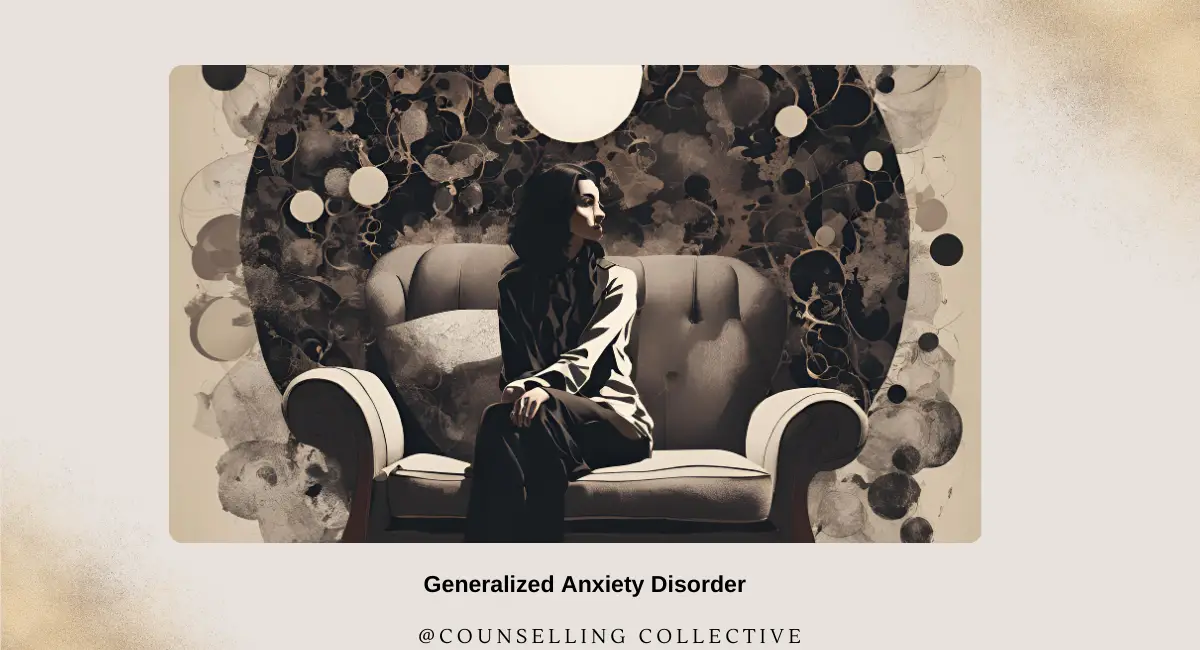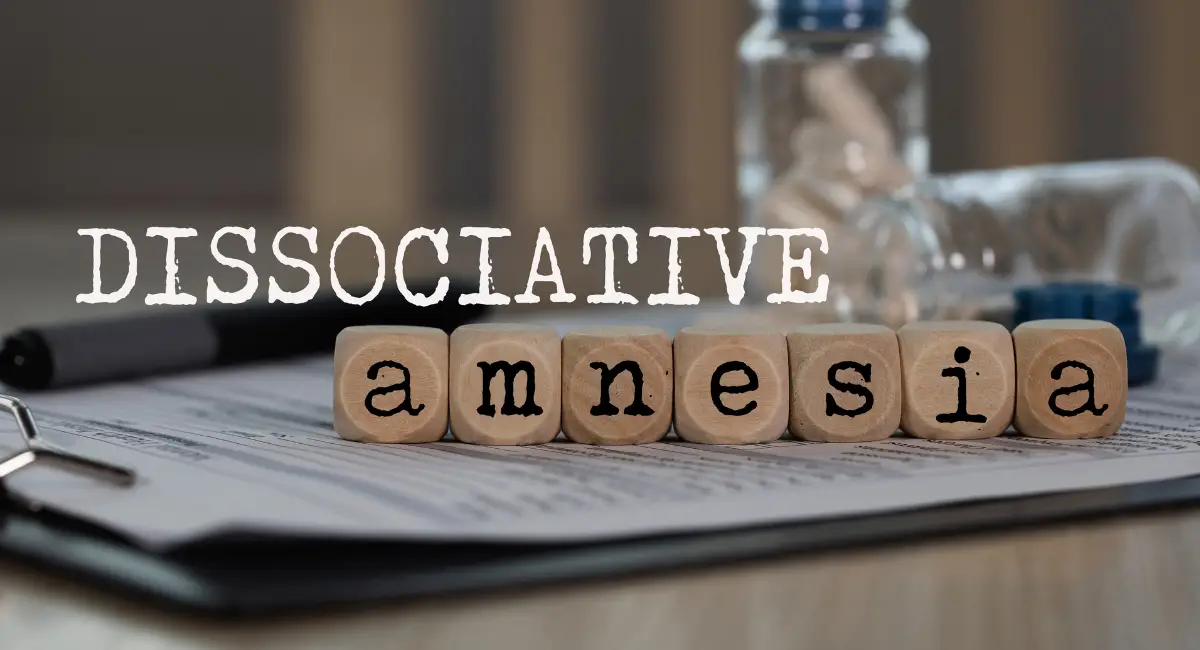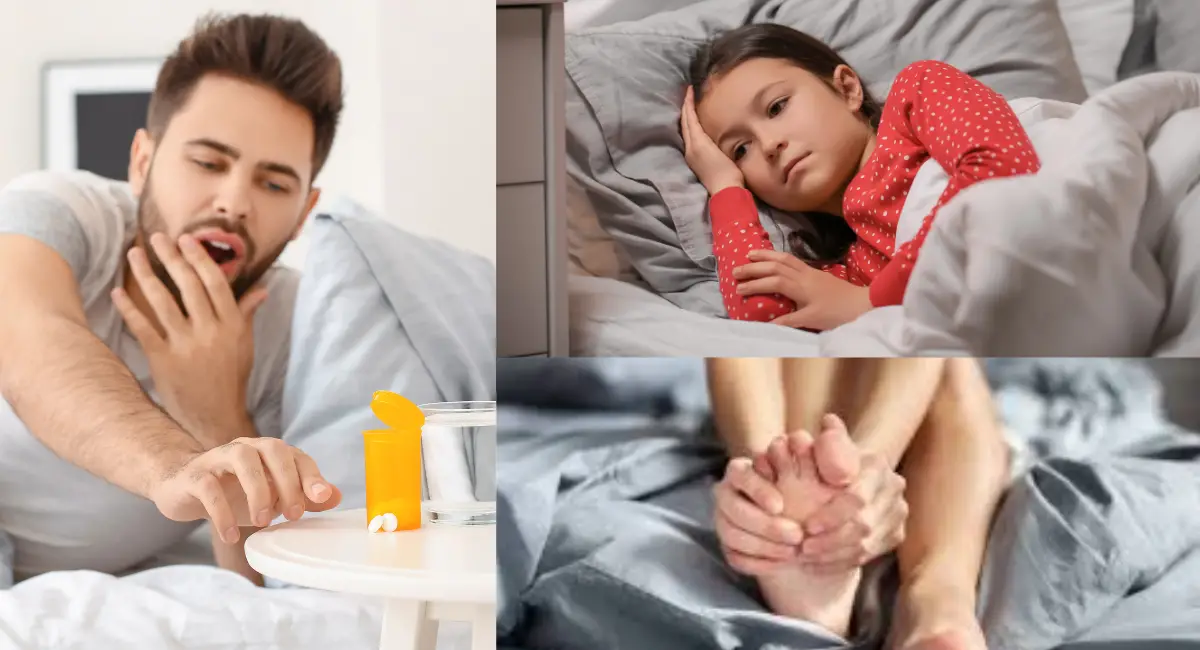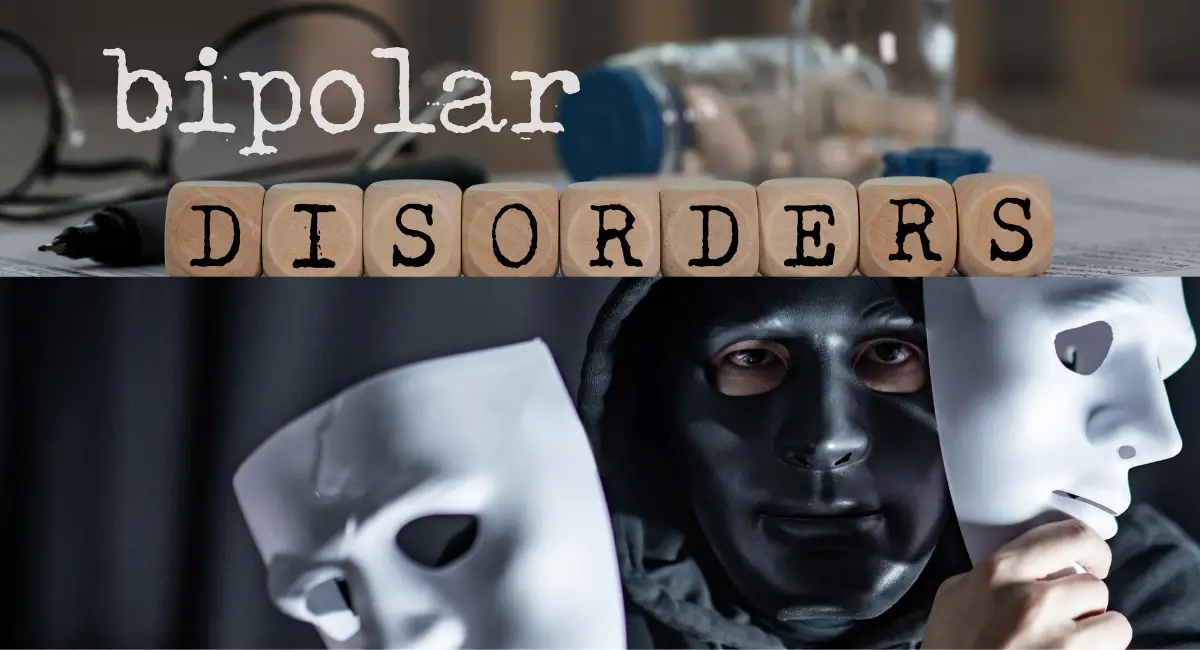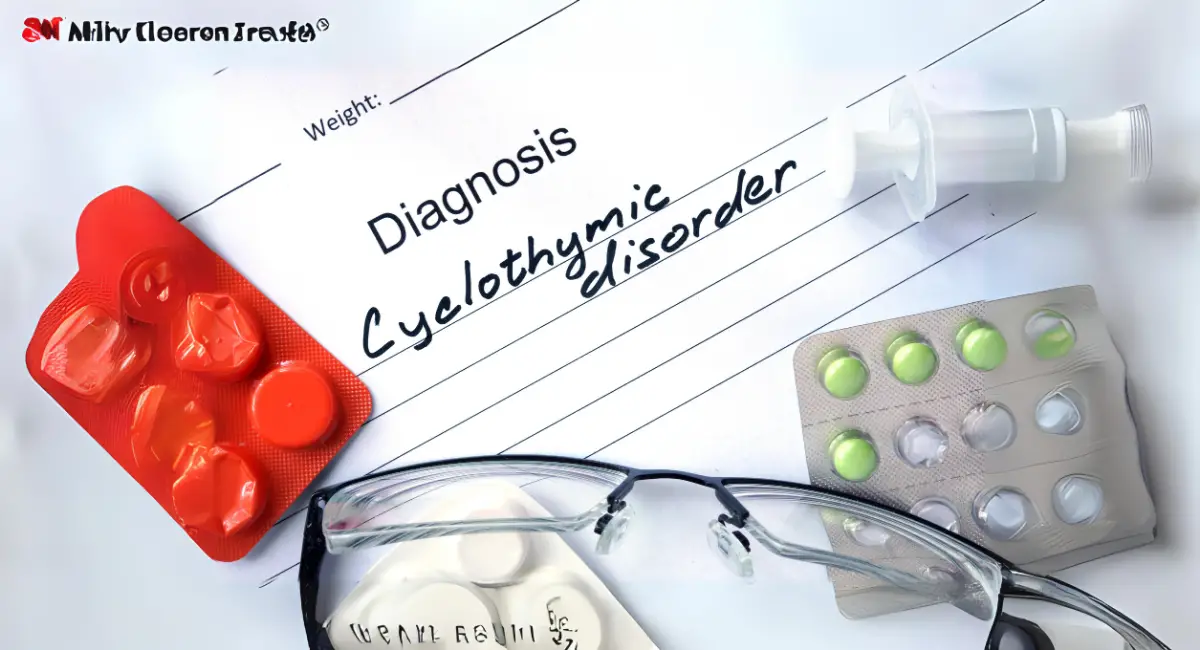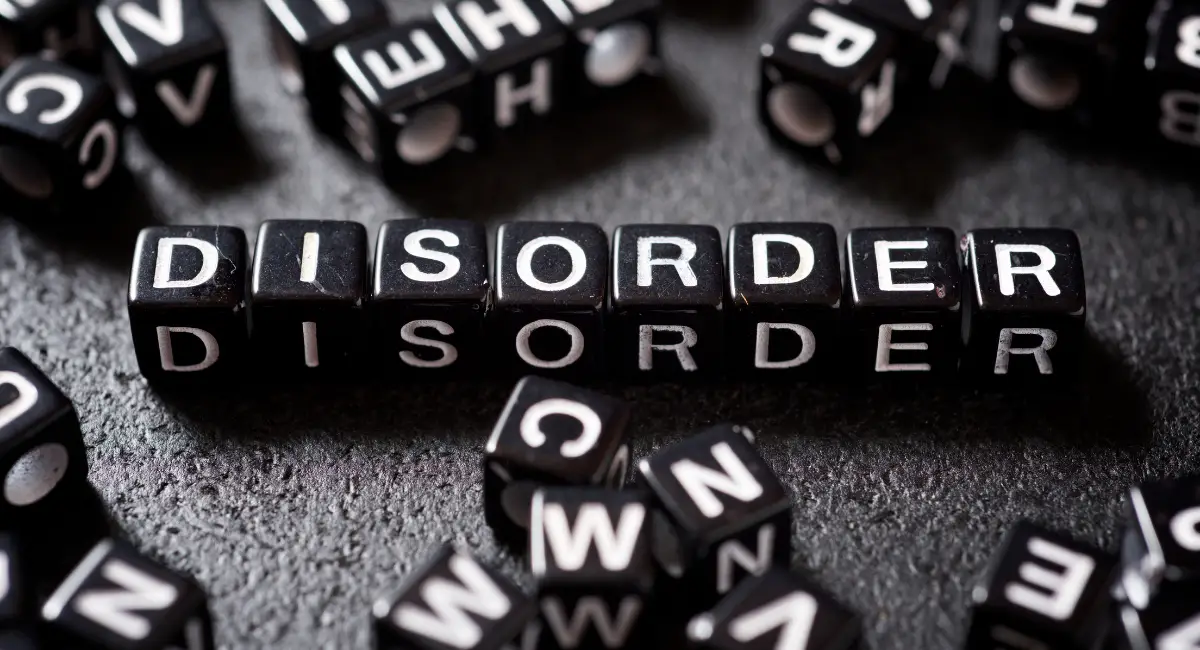
Depressive Disorder Due to Another Medical Condition: Symptoms, Causes, and Therapy Options
Contents
Introduction
Depressive Disorder is a form of depressive disorder triggered by the use of, or withdrawal from, certain substances or medications. This condition is characterized by the onset of significant depressive symptoms—such as sadness, loss of interest, and fatigue—that are directly linked to the use of drugs, alcohol, or prescribed medications. According to the Diagnostic and Statistical Manual of Mental Disorders, Fifth Edition (DSM-5), this disorder occurs when the depressive symptoms are prominent and severe enough to cause impairment in daily functioning.
The disorder can develop during the use of a substance, while withdrawing from a substance, or after prolonged exposure to certain medications. Recognizing and treating Substance/Medication-Induced Depressive Disorder is crucial for improving the individual’s mood, functionality, and overall quality of life. This article will explore the Symptoms, Causes, and Therapy Options for Medication-Induced Depressive Disorder.
Common Symptoms of Depressive Disorder
Depressive Disorder presents with both emotional and physical symptoms, similar to Major Depressive Disorder but directly linked to substance use or medication. Below is a table outlining the common symptoms and examples of how they manifest:
| Symptom | Description/Example |
|---|---|
| Persistent Sadness | Ongoing feelings of sadness or hopelessness. For example, someone may feel constantly down or unable to experience joy, even in situations that would normally make them happy. |
| Loss of Interest | A lack of interest in activities once enjoyed. For example, someone may stop participating in hobbies or social events they previously found fulfilling. |
| Fatigue or Low Energy | Chronic tiredness or lack of energy. For example, someone may feel exhausted all the time, making it difficult to get through the day, even after adequate sleep. |
| Sleep Disturbances | Changes in sleep patterns, such as insomnia or sleeping too much. For example, someone may struggle to fall asleep at night or feel the need to sleep excessively during the day. |
| Changes in Appetite | Significant changes in appetite or weight. For example, someone may lose their appetite and experience weight loss, or they may overeat and gain weight. |
| Difficulty Concentrating | Trouble focusing or making decisions. For example, someone may find it hard to concentrate on work tasks or follow conversations, leading to decreased productivity. |
| Feelings of Worthlessness | Persistent feelings of guilt or worthlessness. For example, someone may constantly feel that they are not good enough or that they have failed in various aspects of life. |
Causes and Risk Factors of Depressive Disorder
Depressive Disorder is caused by the direct effects of substances or medications on brain chemistry. Several factors can increase the risk of developing this disorder, including the type of substance or medication used, the duration of use, and the individual’s underlying mental health vulnerabilities.
1. Substance Use
Many substances, including alcohol, recreational drugs, and prescription medications, can trigger depressive symptoms, especially when used over an extended period or during withdrawal. These substances can alter brain chemistry, particularly neurotransmitters like serotonin and dopamine, which play a crucial role in regulating mood.
- Substances such as alcohol, opioids, benzodiazepines, and stimulants (e.g., cocaine, methamphetamine) can lead to depressive symptoms by affecting the brain’s reward and mood-regulation systems. Prolonged use or abrupt cessation can cause chemical imbalances, leading to mood disturbances.
- The disorder is typically diagnosed when the depressive symptoms develop during substance use or within one month of withdrawal and are severe enough to warrant clinical attention.
2. Prescription Medications
Certain prescription medications, including those used to treat physical conditions, can have depressive side effects. Medications such as corticosteroids, antihypertensives, and certain hormone treatments are known to cause mood changes, including depression.
- Corticosteroids, used to treat inflammation and autoimmune disorders, can trigger depressive symptoms in some individuals due to their impact on brain chemistry and stress response systems.
- Beta-blockers, commonly prescribed for high blood pressure and heart conditions, have been associated with depressive symptoms in some patients due to their effects on neurotransmitter activity and mood regulation.
3. Withdrawal and Detoxification
Withdrawal from certain substances, particularly alcohol, opioids, and benzodiazepines, can lead to a period of intense depressive symptoms as the body readjusts to functioning without the substance. This withdrawal-induced depression can last for weeks or months, depending on the substance and the individual’s history of use.
- Withdrawal from alcohol and sedative medications is commonly associated with depressive symptoms. The body’s response to the absence of these substances can result in a dysregulation of mood, anxiety, and physical symptoms such as insomnia and fatigue.
- The severity of withdrawal-induced depression is often influenced by the duration and intensity of substance use, as well as the individual’s underlying mental health conditions.
Therapy and Treatment Options for Depressive Disorder
Treatment for Substance/Medication-Induced Depressive Disorder often involves a combination of therapies to manage both the depressive symptoms and the underlying substance use or medication-related issues. Below are key treatment options:
1. Cognitive Behavioral Therapy (CBT)
CBT is one of the most effective therapies for managing depressive symptoms, especially when they are related to substance use or medication. CBT helps individuals identify negative thought patterns and behaviors that contribute to their depression and teaches them coping strategies to manage their symptoms.
Example: Mark, who developed depression after prolonged use of painkillers, works with his CBT therapist to recognize how his negative thinking patterns are contributing to his low mood. He learns coping strategies to manage his feelings of hopelessness and develop healthier ways of responding to stress and cravings for the substance.
2. Mindfulness-Based Cognitive Therapy (MBCT)
MBCT combines mindfulness practices with cognitive therapy to help individuals become more aware of their thoughts and emotions without becoming overwhelmed by them. This approach is particularly useful for managing depressive symptoms related to substance use or medication by helping individuals stay grounded and manage cravings.
Example: Sarah, who experiences depressive symptoms after quitting alcohol, practices mindfulness techniques through MBCT to observe her negative thoughts without judgment. She learns to recognize cravings and depressive feelings as temporary, allowing her to manage them without returning to substance use.
3. Acceptance and Commitment Therapy (ACT)
ACT is a therapeutic approach that encourages individuals to accept their negative thoughts and emotions rather than trying to eliminate them. For those with Substance/Medication-Induced Depressive Disorder, ACT can help individuals manage depressive symptoms while committing to actions that align with their values, such as maintaining sobriety.
Example: John uses ACT techniques to accept the feelings of sadness and low energy he experiences during withdrawal. Instead of trying to fight these feelings, he focuses on actions that align with his long-term goal of recovery, such as attending support groups and spending time with loved ones.
4. Nutritional Psychiatry
Nutritional psychiatry focuses on the link between diet and mental health. For individuals recovering from Substance/Medication-Induced Depressive Disorder, maintaining a balanced diet rich in nutrients that support brain health—such as omega-3 fatty acids, magnesium, and B vitamins—can help alleviate depressive symptoms and support recovery.
Example: Sarah works with a nutritional psychiatrist to incorporate foods rich in omega-3s, such as fish and walnuts, into her diet, along with plenty of fruits and vegetables. These dietary changes help her manage her mood swings and improve her overall mental well-being during recovery.
Long-Term Management of Depressive Disorder
Managing Substance/Medication-Induced Depressive Disorder over the long term requires a comprehensive treatment plan that addresses both the depressive symptoms and the underlying substance use or medication-related issues. Below are key strategies for long-term management:
- Consistent Therapy: Regular participation in therapies such as CBT, MBCT, or ACT helps individuals develop effective coping strategies to manage depressive symptoms and reduce the risk of relapse into substance use.
- Support Networks: Engaging with support groups, friends, and family provides valuable emotional support and accountability, helping individuals stay on track with their recovery.
- Medication Management: For individuals experiencing depressive symptoms related to prescription medications, working closely with healthcare providers to adjust dosages or explore alternative treatments is essential.
- Lifestyle Changes: Maintaining a healthy lifestyle, including regular exercise, a balanced diet, and stress-reduction techniques, supports both mental and physical health during recovery.
Conclusion
Depressive Disorder is a serious condition that can significantly impair an individual’s emotional, social, and occupational functioning. However, with the right combination of treatments—such as Cognitive Behavioral Therapy, Mindfulness-Based Cognitive Therapy, Acceptance and Commitment Therapy, and Nutritional Psychiatry—individuals can manage their depressive symptoms and work towards recovery. Long-term management strategies, including consistent therapy, lifestyle changes, and support networks, are essential for maintaining stability and preventing relapse.
References
- American Psychiatric Association. (2013). Diagnostic and Statistical Manual of Mental Disorders (5th ed.). Washington, DC: American Psychiatric Publishing.
- Nolen-Hoeksema, S. (2014). Abnormal Psychology. McGraw-Hill Education.
- McLellan, A. T., & Meyers, K. (2004). Substance Use Disorders and Depressive Disorders: Treatment Interactions and Course of Illness. American Journal of Psychiatry, 161(8), 1463-1470.
- Craske, M. G., & Barlow, D. H. (2007). Mastery of Your Anxiety and Depression: Workbook (Treatments That Work). Oxford University Press.
- Whitlock, F. A., & Davidson, L. (2007). Drugs, Depression, and Suicide. The Lancet Psychiatry, 354(9188), 68-77.
Explore Other Mental Health Issues

